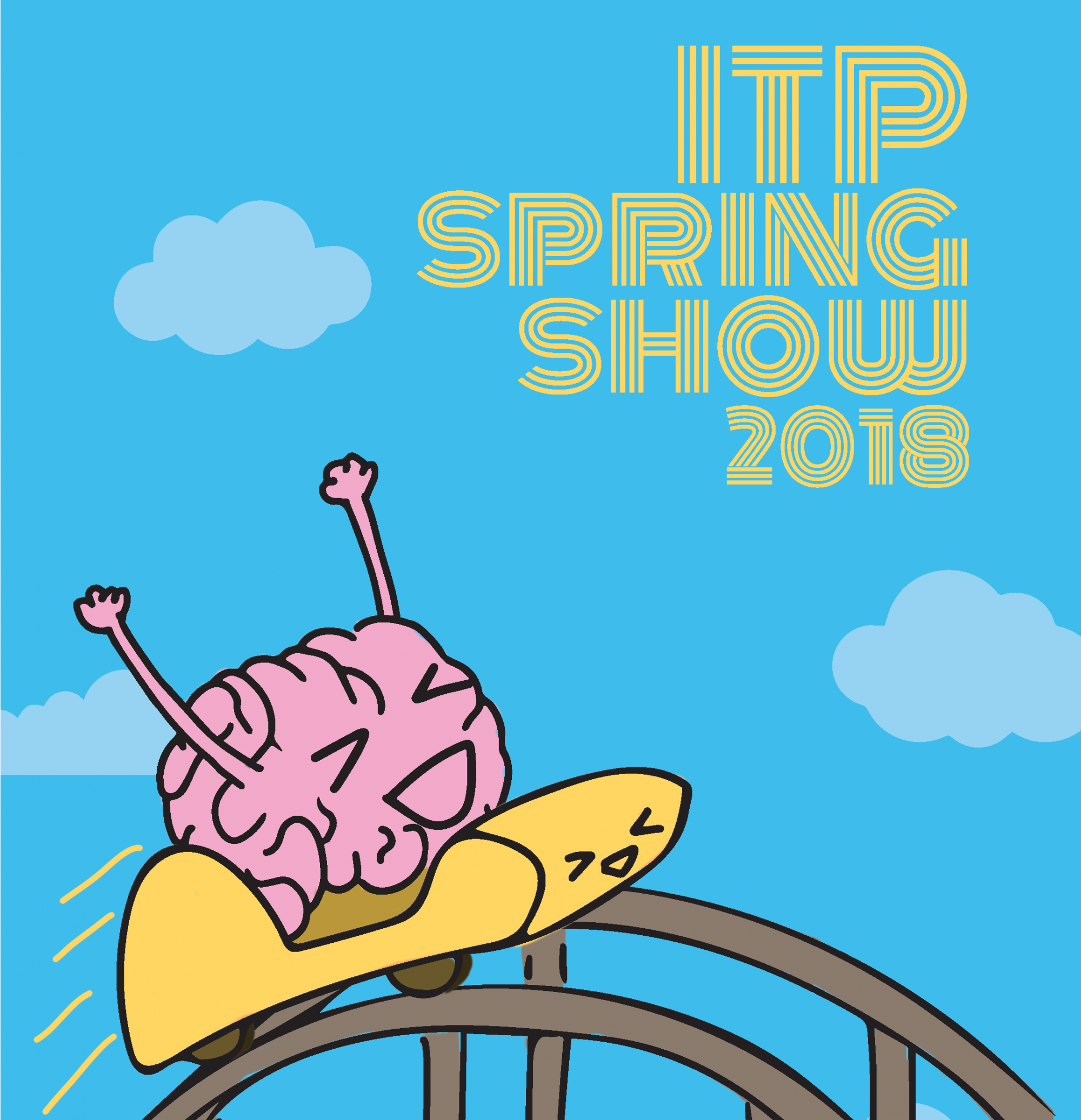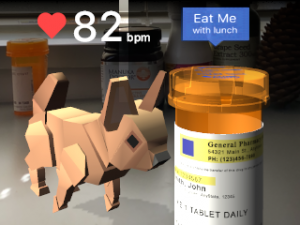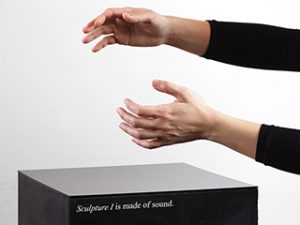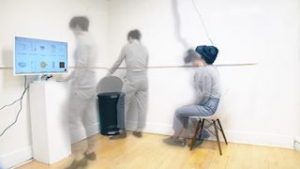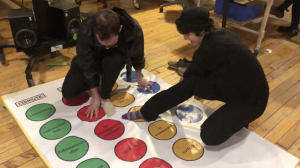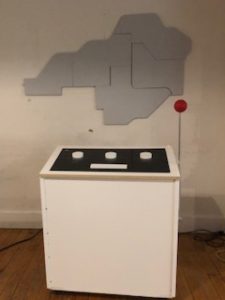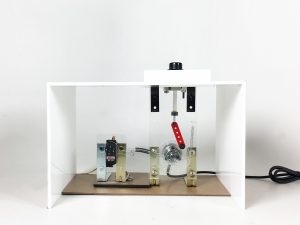Ari Melenciano
In applying emerging technologies to analog inventions, and developing human-centric, visceral business strategies, what are the possibilities for an experimental neo-retro camera company?<br />
www.ariciano.com/ojooro
Description
I am interested in exploring the art, philosophy and science of business and customer experience along with the possibilities when using design to engineer moments of euphoria by applying emerging technologies to the analog invention of a camera in the form of an experimental neo-retro camera brand.
Ojo Oro (golden eye) is a line of experimental neo-retro cameras. Neo-retro is the coined phrase that was developed in the creation of Ojo Oro, meaning to apply emerging technologies to analog inventions in innovative and explorative forms. The way that Ojo Oro is neo-retro is by its use of augmentation of the analog/film camera experience in a digital setting.
The way that the camera works is by using digital mechanics to take a photo, that is then immediately and randomly altered to appear as if it has been taken with a film camera. To further mimic the film experience, there is no screen on the camera, forcing the photo to be “developed” in the “cloud” and sent to the user's paired app.
This is both a hardware and software business.
The strategy of the business is to organically start from inward, out. What is the core mission of Ojo Oro? To allow users to explore their artistry (golden eye – Ojo Oro) in an intentional and well-designed holistic and immersive experience.
My audience are recreational photographers (people that enjoy photography as a hobby) between the ages of 15-30 years. These consumers also value design and style within products and their branding.
The camera will be used recreationally. Once the user has turned on their camera, they can begin exploring the different settings and taking photos. They eventually move to the app, where the photos have been “developed” and ready for view. These photos have all sorts of spontaneous film-like distortions on to the photos, whether it is a few light burns, or intense film grain. The photos can be immediately shared to social media. The user can also scroll through the app to discover photos taken by other Ojo Oro owners – building a community.
The key features of the Ojo Oro camera line include a product design of high aesthetics (intricate camera design), seamless communication between the camera and paired app, a neo-retro approach to film photography by means of digital, interchangeable lenses, innovative e-commerce opportunities within film, eventual personalization of camera design, and more.
In my first semester of ITP, during Pcomp, I was able to build the experiamera. I intend to return to the work I began then and further develop the prototype camera into an entire camera business.
Classes
Thesis
